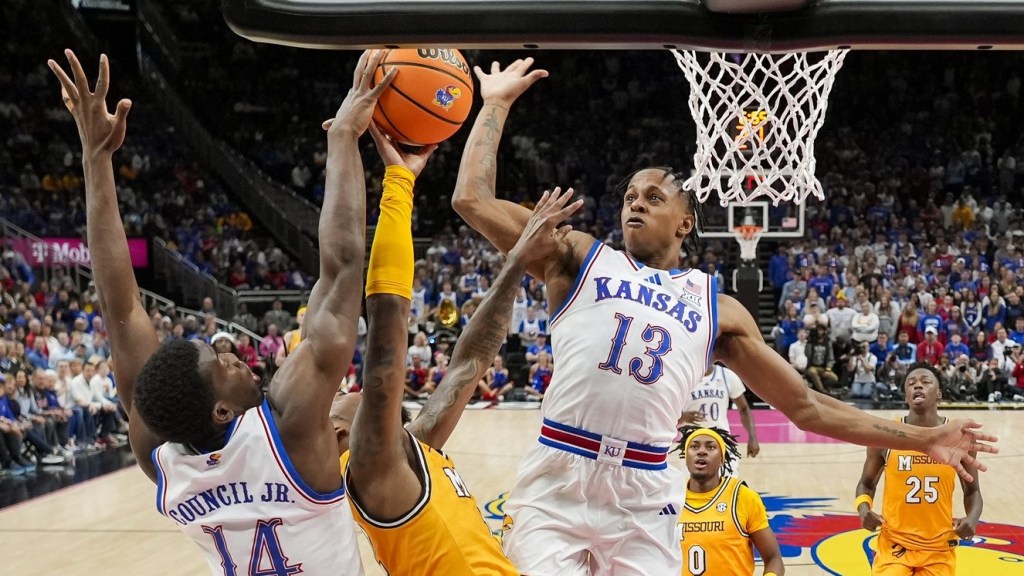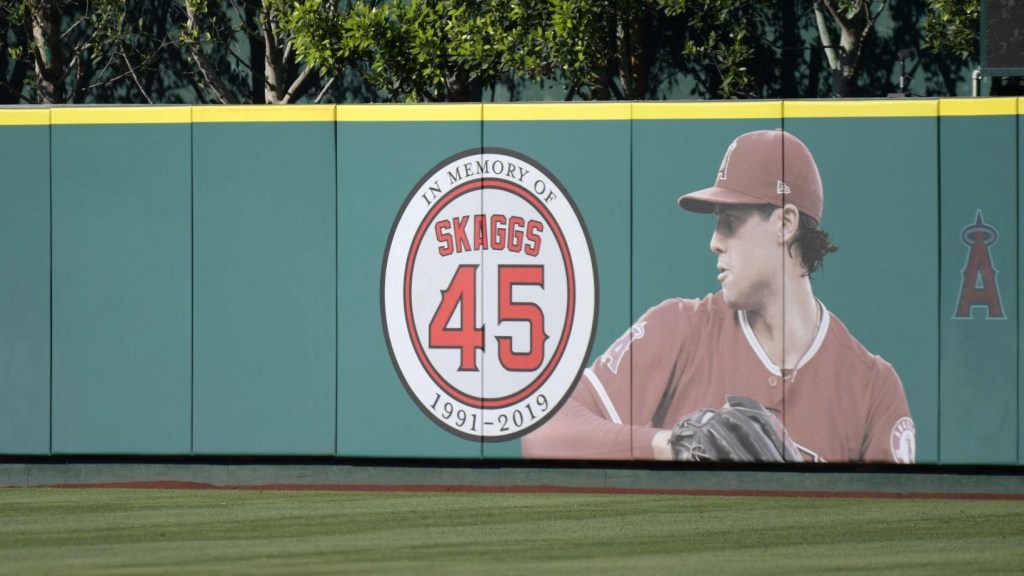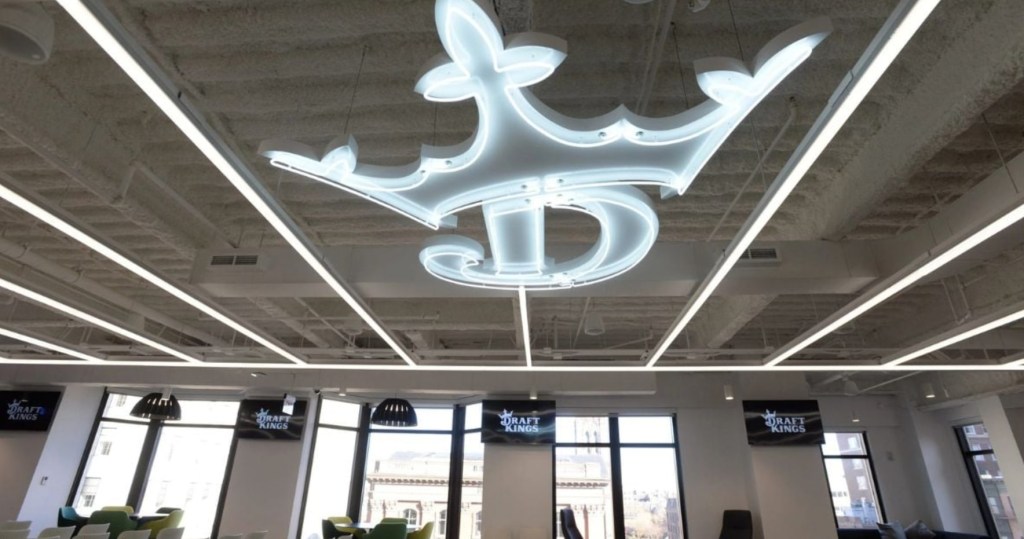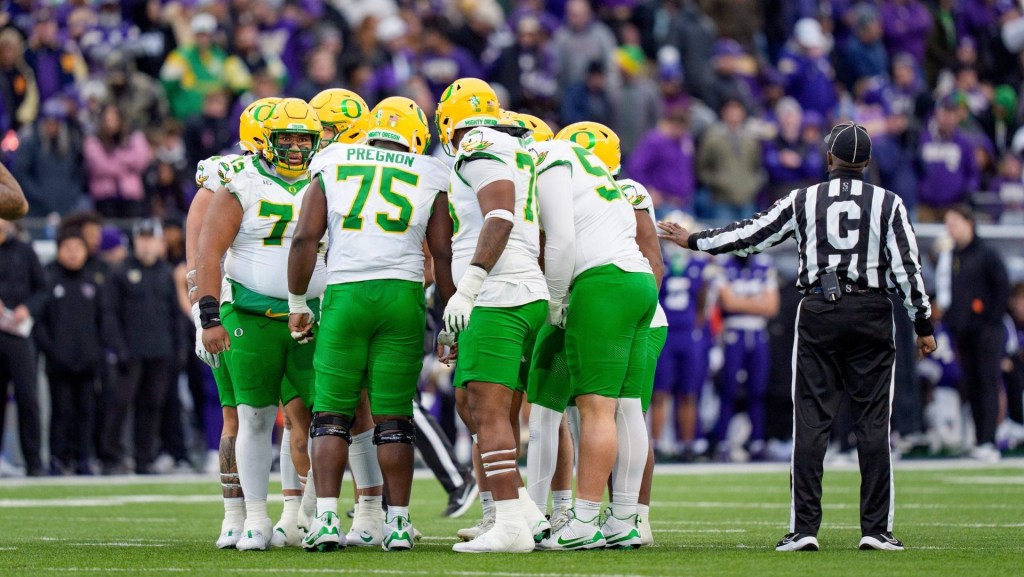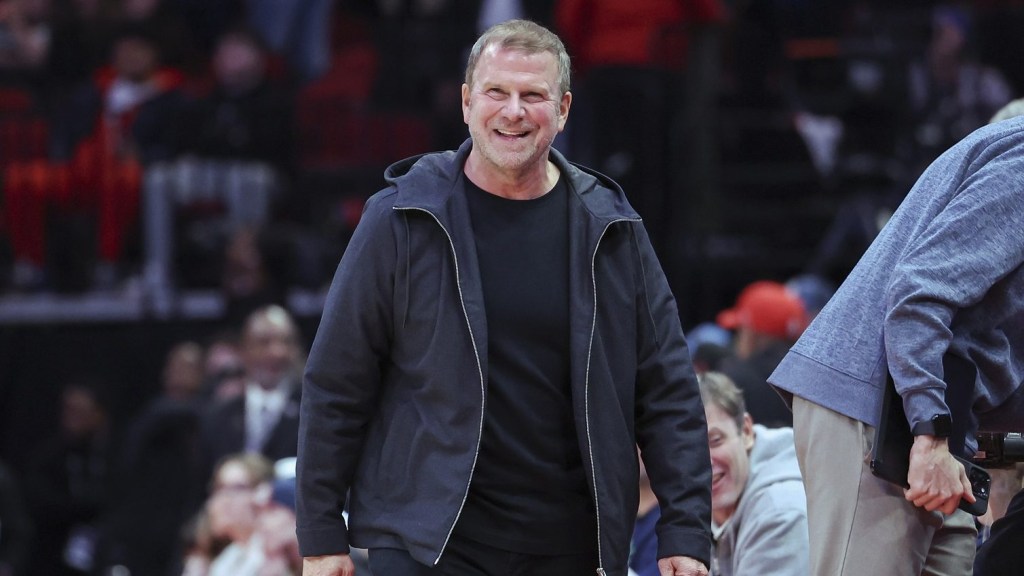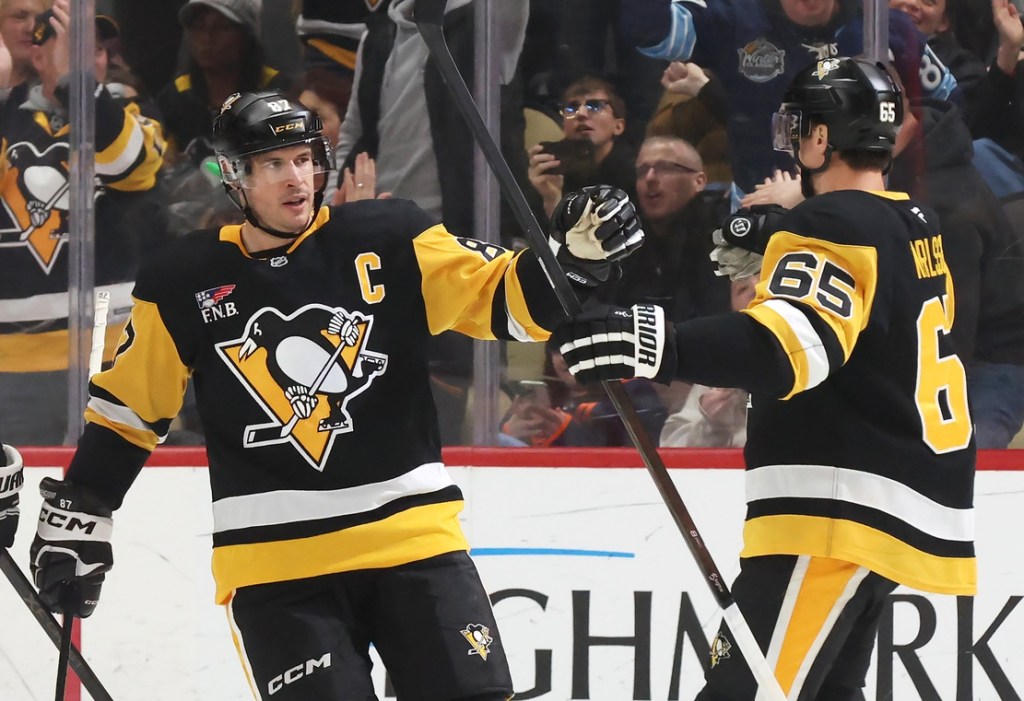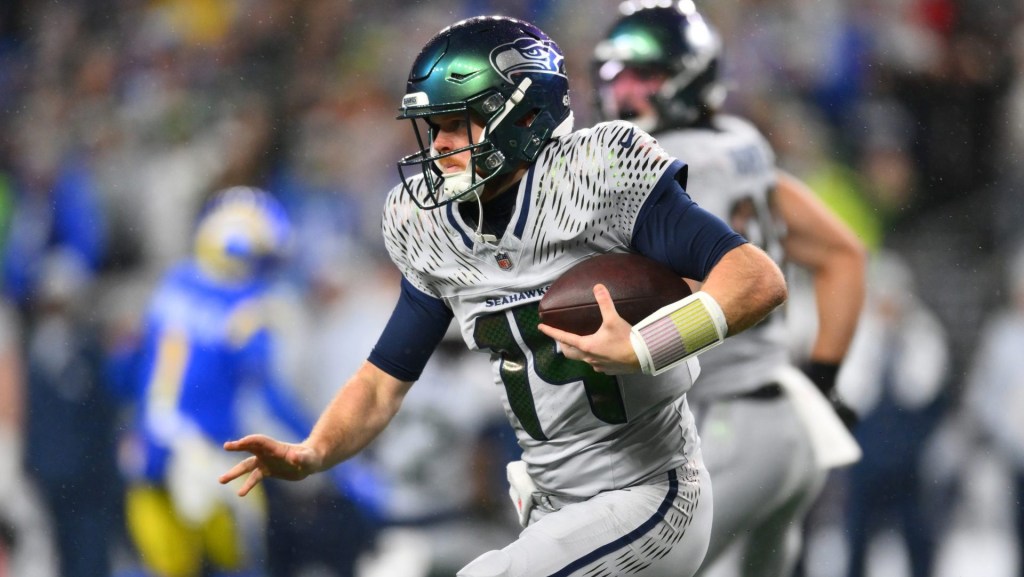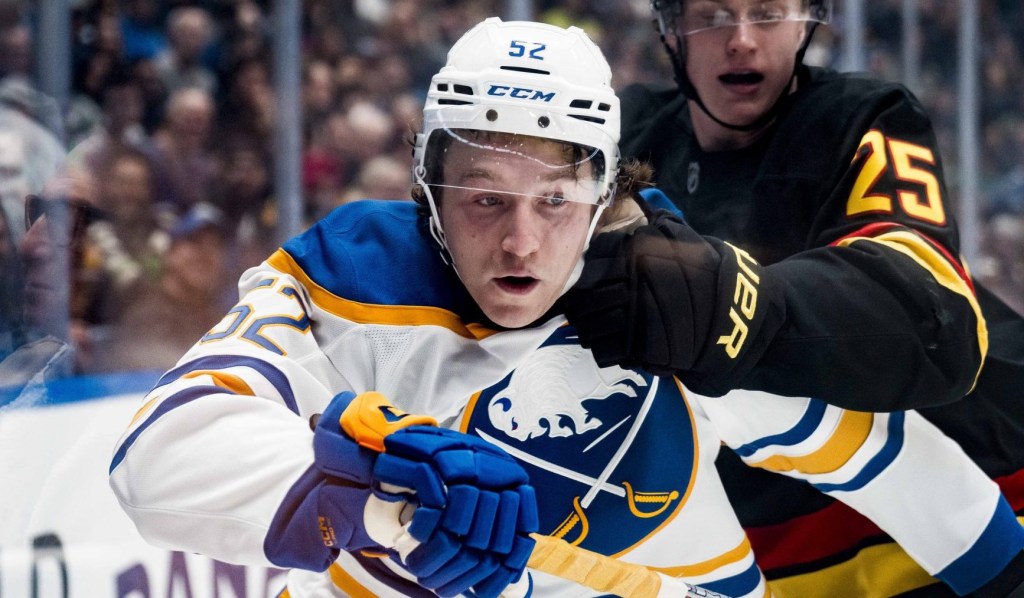Jerome McCroy quit his job as a retail store director in January 2022 to dedicate himself full time to his graffiti-inspired, often New York sports–centric artistic signs. On MLB Opening Day 2024, he partnered with another local artist to bring a riff on the Mets logo to the game as guerilla marketing for his company.
But for the most part, the career gamble wasn’t looking so good, and early this summer, his wife encouraged him to consider going back to a more stable job. Then the Mets got hot.
“The sign,” says McCroy, “it saved my career.”
He’s talking about the bold blue-and-orange OMG sign that became the icon for an unexpectedly magical Mets season, which improbably brought the team deep into the postseason. After one win in June, young catcher Francisco Alvarez credited the Mets’ mojo to “OMG,” a Latin pop song by utility infielder Jose Iglesias, who performs as Candelita.
“I said at that point, that’s the next sign that I’m going to make,” New Jersey–based McCroy, 48, tells Front Office Sports. He did, and brought it to the ballpark. While McCroy was taking a picture of the sign with Mr. and Mrs. Met at the K Korner bar, Mets co-owner Alex Cohen, wife of Steve Cohen, noticed it and approached him. He asked her if she could get it to the players and she agreed, asking him in return to sign it so they knew it was coming from a fan.
McCroy went to Pittsburgh and hand-delivered the sign—a second iteration, now coated in resin for greater structural integrity—and it swiftly became a staple of home run celebrations all the way until the NLCS elimination.
“It was never meant or designed to be a home run trophy,” McCroy says, “but it just became this thing that amplified what was already going on in the clubhouse, and it became something that they could share with us.”
The fan-and-team embrace of the rallying cry drove some of the Mets’ own commercial opportunities: When they hosted the Dodgers for the middle three games of that series, the official team store sold OMG-emblazoned hoodies ($115) and foam-and-plastic-chain OMG oversized necklaces ($40).
Those sales didn’t enrich McCroy, but plenty of fans purchased merch from the artist himself directly through his website. McCroy says he sold “several hundred” OMG items this season—from $10 pins to $200 signs. (He also gained about 4,000 Instagram followers.) Amid the Mets’ wild-card success in Milwaukee, “I had one day where I had 75 orders in a day of pins and the smaller placards that I sell that are like $100,” he says. “So it’s been really, really successful.”
Some people have poked fun at—and criticized—the Mets for having an extraordinarily gimmicky, live-action meme season: Not only the now–indelible OMG, but also the wild devotion to McDonald’s mascot Grimace, which became a talisman for winning after the purple blob’s first pitch June 12; and first baseman Pete Alonso’s pumpkin that he carried with him as a good-luck charm throughout the playoffs. But for indie artists and vendors like McCroy, these cultural tokens proved lucrative, too—cultivating a cottage industry for fans looking to bottle the lightning of a Mets season that probably shouldn’t have been as successful (or fun) as it was.

For Mets fan Dan Abrams, from Long Island, this was a dream season in many ways. Abrams, who runs hyper-niche unlicensed sports merch company Athlete Logos, turned a hobby into a full-time business after getting laid off from a corporate graphic design job four years ago. Now, instead of user manuals, he designs hyper-specific merch including clothing and neon signs that spans teams and leagues. But his true fandom has attracted a social media following that’s largely Mets-centric—including members of the team itself.
A DM from relief pitcher Tylor Megill found its way into Abrams’s Instagram inbox mere hours after Alonso’s ninth-inning heroics of Game 3 of the wild card sent the team to the NLDS. Abrams suspects, based on the timing, that the team was on the plane—or perhaps even still spraying champagne—when Megill asked whether he could design something with King Kong and the OMG iconography.
“I was like, yeah, I’m staying up. I’m doing it,” Abrams tells FOS. He went back and forth on the design elements—Megill told him Jesse Winker and Harrison Bader weighed in as well—and ultimately the players purchased 40 shirts. Once they started appearing at the ballpark in them, the OMG King Kong quickly became Abrams’s best-selling Mets shirt.
Fun little chat in the studio this week with @FOS contributor @HannahRKeyser about the viral meme-makin' Mets.
— Daniel Roberts (@readDanwrite) October 24, 2024
"I differentiate Grimace from OMG and the playoff pumpkin, because I want to know more about the players, lean into that… Why are we doing this for McDonalds?" pic.twitter.com/PHvt5g1uqU
But even before Megill and his teammates approached Abrams, his meme-centric Mets designs were bringing in sales from fans who were investing—both emotionally and literally—in the iconography of a season that felt special. Among the 30-plus new designs Abrams introduced, at the top was a T-shirt with a purple Grimace outline in the style of the neon signs that used to adorn the old Shea Stadium. Abrams also estimates he sold about 10 actual Grimace-shaped neon signs for $200 each.
“It’s not lost on me that that’s ridiculous, and my whole career is ridiculous, that people buy any of these things,” he tells FOS. “But to spend $200 on a neon sign for your home, I mean, it is a gimmick. He’s not going to be back next year.”
The Mets also brought a special boost to fan-base-agnostic vendors, including BreakingT. The apparel brand has built a business on offering nearly instant turnaround merch to reference memes across all sports and every team, with the ability to leverage players’ likeness via a license with the MLB Players Association.
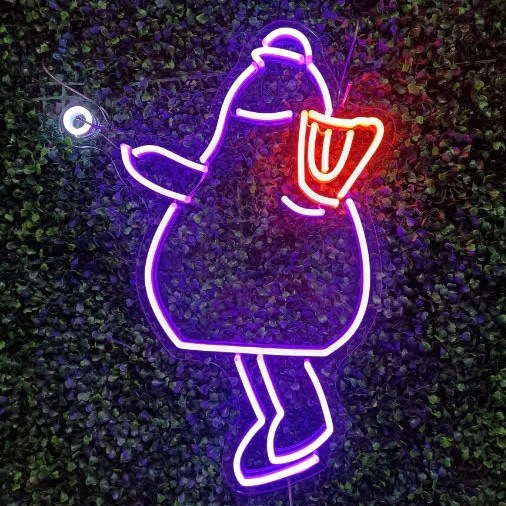
While the company would not provide numbers, Jamie Mottram, president of BreakingT, tells FOS, “I will say that the Mets products were selling briskly enough that we were rooting for them to beat L.A., and the Yankees, too [should they have reached the World Series]. And that’s saying something.”
The Mets organization certainly leaned in to the many viral opportunities that presented themselves organically throughout the season, keeping them alive with activations like a post-game “OMG” performance on the field, and a Grimace billboard in Times Square in the postseason. And they cashed in with officially licensed merchandise in the team store.
But the independent vendors, including McCroy and Abrams, are far more nimble, largely working without official league licenses to create gear for the nostalgia moments the team kept minting. (Some, like Abrams, do not even have interest in collaborating with MLB: “I wouldn’t be able to do a lot of the stuff I do if that was the case.”)
For the Mets’ front office, the unlicensed gear floating around is a trade-off that’s worth it while everyone is thriving. “It’s a double-edged sword in this sense,” says Mets EVP and CMO Andy Goldberg. “We love that the fans do it. Obviously there’s the MLB licensee piece that’s important to navigate—we want it to be authentic gear, and we want it to be Mets-licensed gear. But we also have a rabid fan base, and I think we want them to fall in love with everything that we do as a brand. So, it’s important that they get to express themselves in their own ways.”
For many this past season, that meant wearing an unlicensed shirt or bringing an OMG sign to the ballpark to watch the Mets win more often than not. “Our job is to make this feel different than any other place in the world,” Goldberg says, “and I think we’ve achieved that now.”

